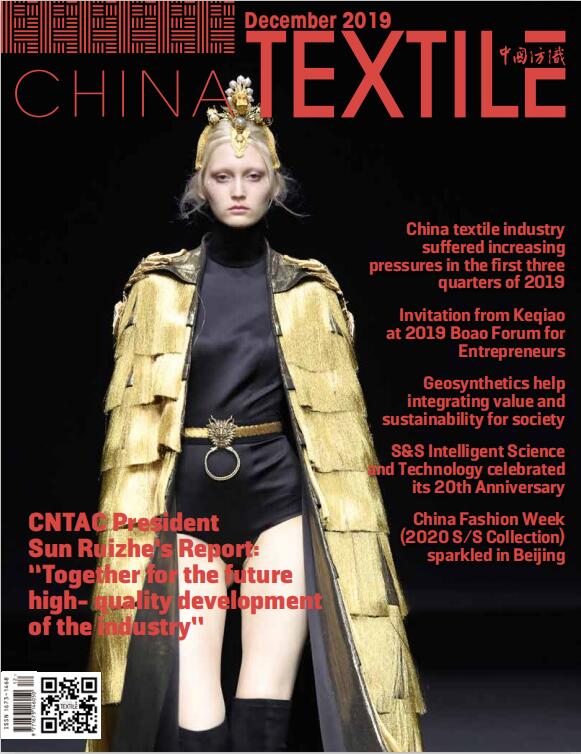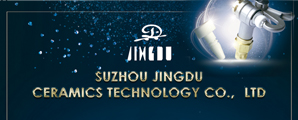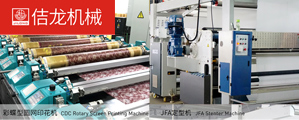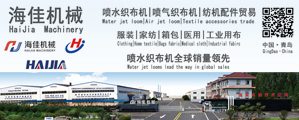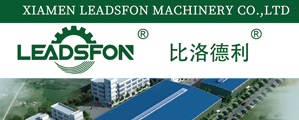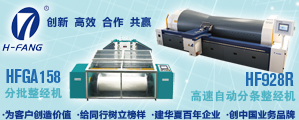Singapore as a new hub: CEMATEX highlights sustainability and automation
Oct 23, 2025 | by

Interview with Mr. Alex Zucchi, President, CEMATEX
CT: As one of the exhibition owners, what were the key factors that led CEMATEX to decide to host ITMA ASIA 2025 in Singapore?
Alex Zucchi: In response to requests from our members for an exhibition in Asia outside of China, we decided to hold a combined exhibition in a second Asian location to support our members. It will also provide a reputable sourcing platform to help textile and garment manufacturers in the region modernize their operations.
CT: Exhibition booths sold out very quickly. What motivates companies to participate in the exhibition?
Alex Zucchi: The Singapore edition targets the South and Southeast Asia markets, as well as the Middle East. These are key textile and garment producing hubs. Hence, machinery makers are keen to reach out to buyers in the region.
CT: As a global leader in advanced textile technology, what notable innovations and trends will European manufacturers be showcasing this year?
Alex Zucchi: European technology makers will showcase machinery and products to help textile and garment manufacturers remain sustainable and competitive. These include automation and digital solutions as well as sustainable technologies that will help manufacturers meet the sustainability standards set by governments and demanded by consumers. There have been many innovations in sustainability in the finishing sector, and these will be on display at the Singapore edition.
CT: Given the surge in textile machinery imports to Southeast Asia, how are European machines performing in this market? What types of machines do factories prefer to purchase?
Alex Zucchi: Europe has a long tradition of textile production, and its manufacturers have a strong reputation for producing innovative, high-quality textile machinery. Growing demand for environmentally friendly and sustainable production is fueling investments in modern machinery designed to reduce water and energy consumption among Asian textile manufacturers, particularly those exporting to Europe. We are well-known for our spinning, weaving, knitting, and finishing technologies, as well as our machinery that automates key processes to enhance efficiency and quality.
CT: Is there a gap between the industry's acclaim of ecofriendly textile machinery and its commercial adoption? How can this situation be improved?
Alex Zucchi: There is a growing demand for sustainable technology for business reasons. Modern technological advancements enable manufacturers to optimize production processes, reduce waste, and cater to the rising demand for customized products. There is obviously a high investment cost for the latest, most advanced machinery. However, there are also cost-effective, practical options for sustainable production. A platform like ITMA and its branded exhibitions will help manufacturers to compare and decide on suitable solutions that can meet their needs and affordability.
CT: What are the biggest challenges facing the global textile industry? How should manufacturers address these challenges?
Alex Zucchi: Some of the biggest challenges are rising costs, supply chain disruptions and responsible and sustainable manufacturing. Here, I would like to address the sustainability issue since we are technology providers. Textile manufacturing is one of the most resource-intensive and polluting industries. Therefore, we need technology to help to mitigate this problem. Consumers and regulatory bodies are increasingly pushing for eco-friendly textiles, prompting manufacturers to adopt green technologies. Textile makers can leverage technology to increase resource efficiency and competitiveness.
CT: Talent drives innovation. In your opinion, how can Gen Z talent be attracted to the textile industry?
Alex Zucchi: To draw in young talent, there must be a shift in how our industry is perceived. Gen Z is the first generation to view the internet and digital technology as integral facets of their lives. Hence, the digital transformation of the textile industry would appeal to them. In addition, profiling the dynamic nature of the industry and new opportunities, such as sustainable and circular textiles and advanced materials would be exciting to this generation. Celebrating industry achievements will also help to raise the attractiveness of the industry. On this note, CEMATEX is glad to be able to provide a platform through our European exhibition – ITMA where we present an Industry Excellence and Research & Innovation (R&I) Excellence Award.


